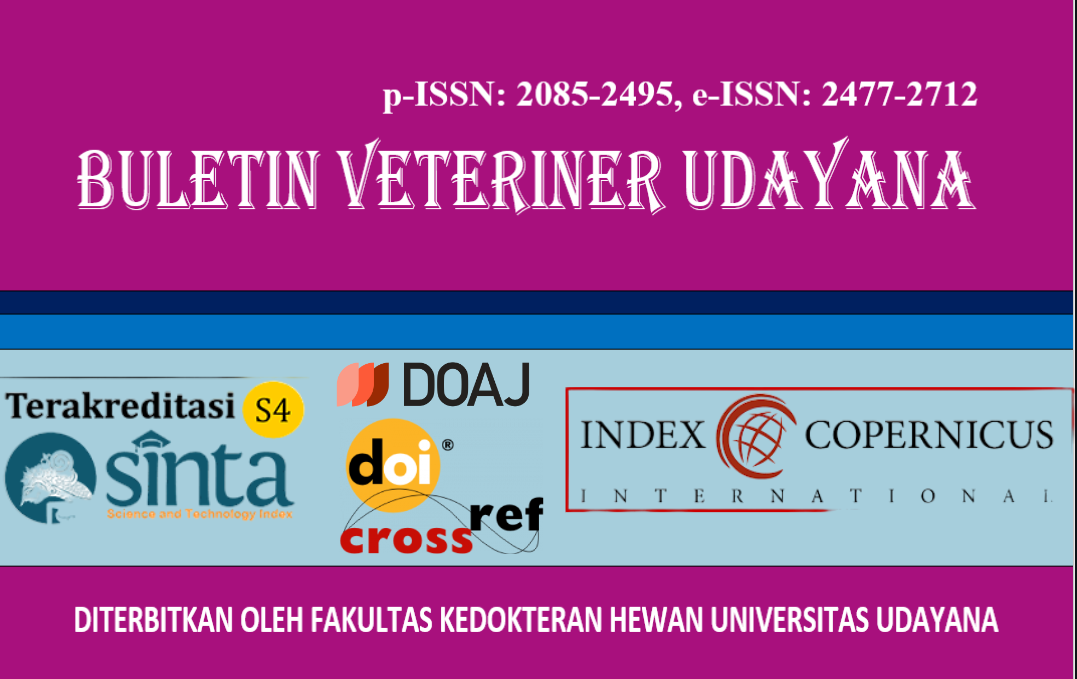PUBLIC HEALTH IMPACTS AND ANIMAL WELFARE ISSUES OF DOLPHIN SHOWS IN SOUTHEAST ASIA: A LITERATURE REVIEW
DOI:
https://doi.org/10.24843/bulvet.2025.v17.i04.p36Keywords:
zoonoses, dolphion, dolphinarium, One Health, skin disease, public healthAbstract
Dolphin-based animal shows are still frequently found in Indonesia and remain a tourist attraction despite posing public health risks. Direct interaction between humans and dolphins (Tursiops truncatus) in entertainment facilities such as dolphinariums increases the potential for zoonotic disease transmission. This review aims to examine various zoonotic diseases transmissible from dolphins to humans and provide mitigation strategies based on the One Health approach. The study employed a literature review method guided by the PRISMA framework, analyzing 21 scientific articles obtained from databases such as Google Scholar, PubMed, ScienceDirect, and ResearchGate between May and July 2025. Selected articles discussed zoonotic risks, marine mammal welfare, and public health implications. The findings show that dolphins can act as vectors for diseases such as lobomycosis, bacterial infections, and marine parasites. Poor welfare practices and lack of sanitary regulation in dolphinariums were identified as major contributing factors to increased risk. Moreover, chronic stress in dolphins elevates their susceptibility to disease, thereby enhancing the possibility of transmission to humans. This study concludes that dolphin performances may pose a public health threat if not accompanied by proper regulations and risk management. Therefore, a multisectoral collaboration through the One Health approach is urgently needed to minimize the future risk of zoonosis associated with dolphin exhibitions.




